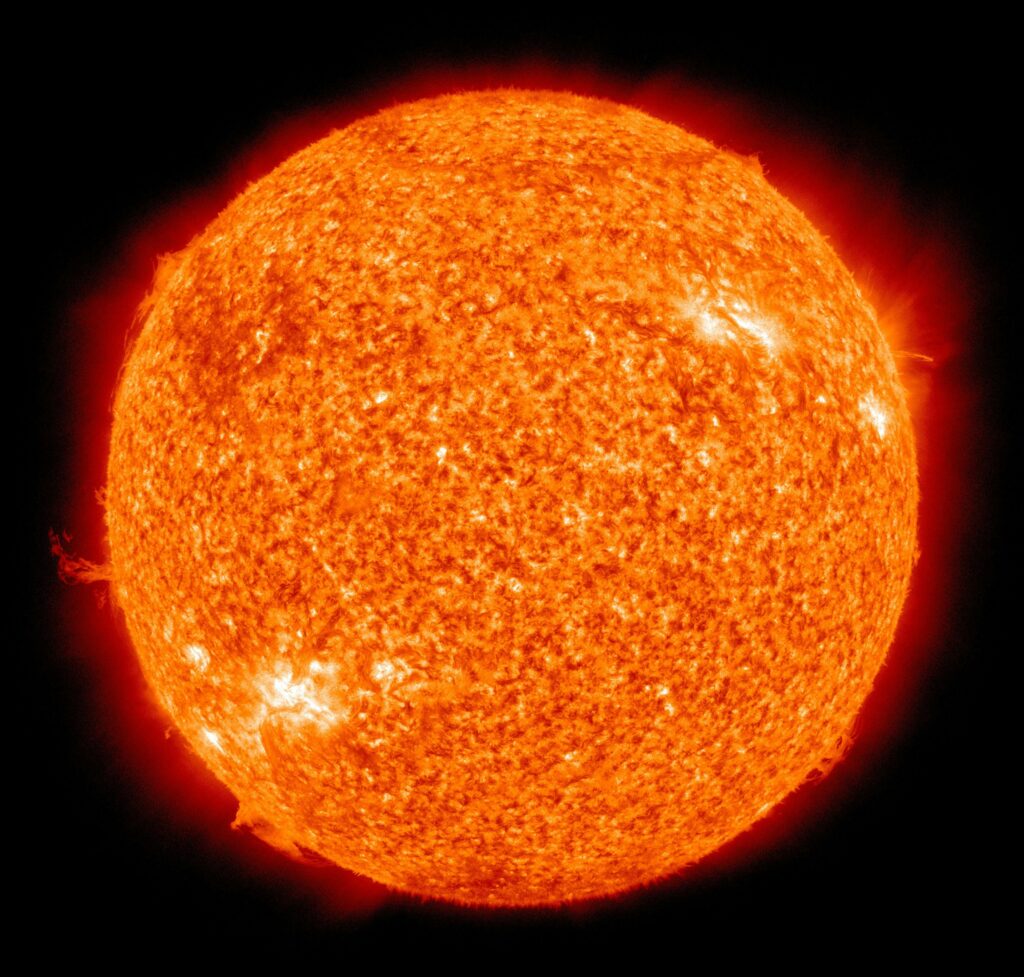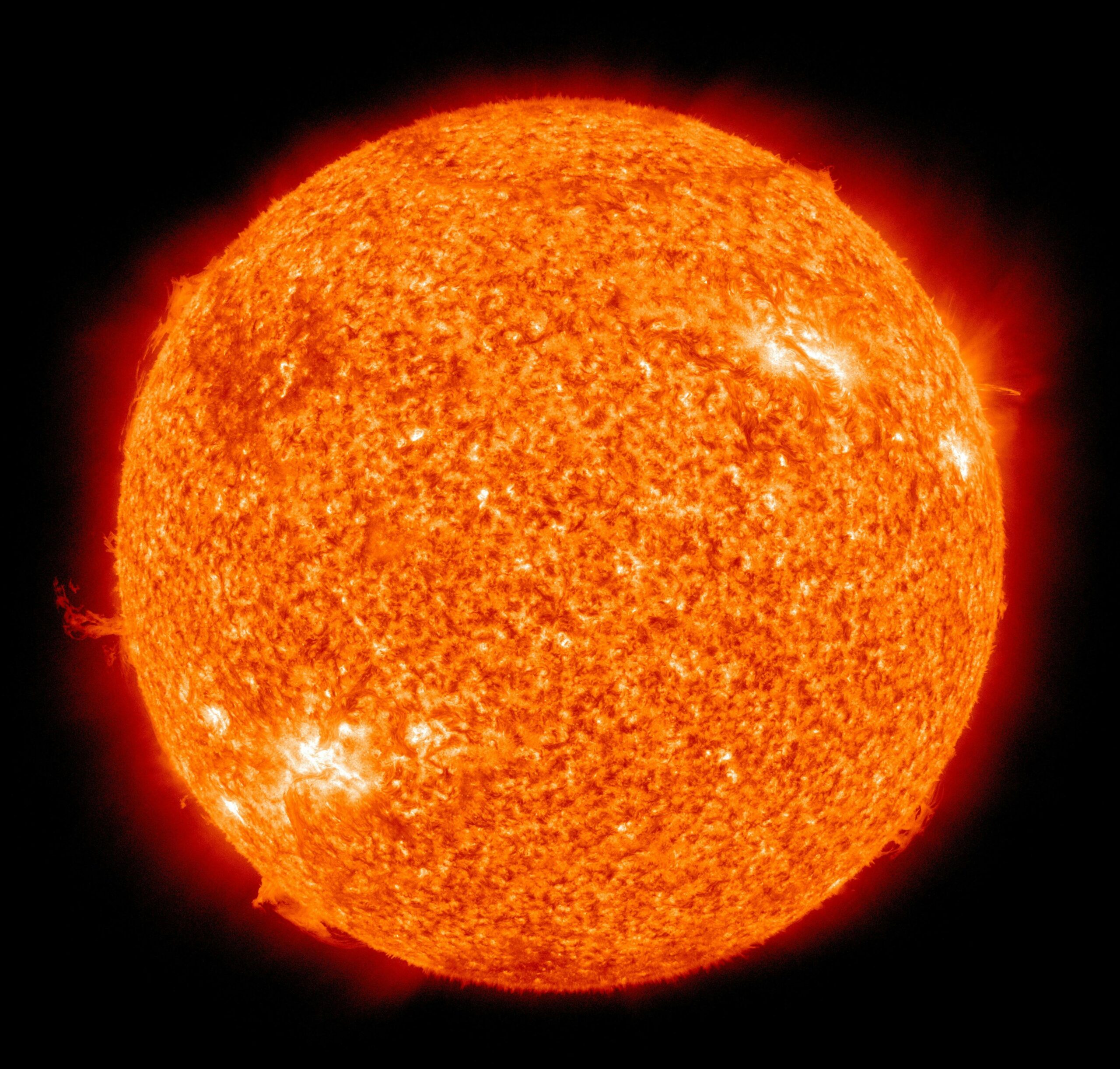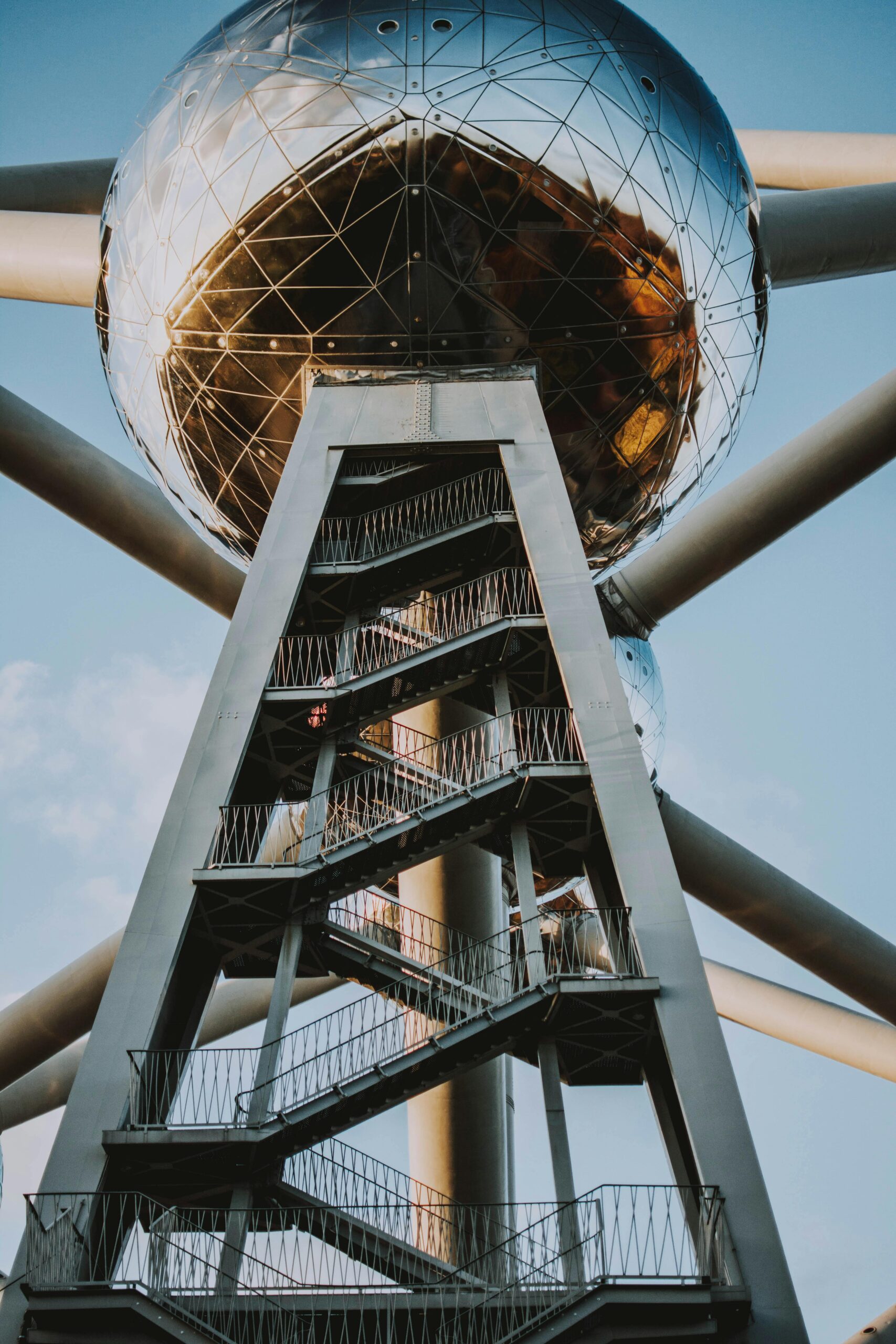The universe is vast and filled with wonders, but there is no place more fascinating to explore than our very own cosmic neighborhood: the Solar System. Embarking on a Tour of Our Solar System offers a glimpse into the dynamic interactions, breathtaking landscapes, and cosmic mysteries of the planets, moons, asteroids, and comets that orbit our Sun. In this article, we will take you on a comprehensive journey, providing insights into the unique features of each celestial body, as well as the scientific marvels that make our Solar System so captivating.
Table of Contents

The Sun: The Heart of Our Solar System
No Tour of Our Solar System would be complete without starting at the center: the Sun. This enormous star, composed primarily of hydrogen and helium, generates the energy that sustains life on Earth. Its gravitational pull keeps all the planets, dwarf planets, asteroids, and comets in orbit. The Sun’s outer layer, the corona, produces spectacular solar flares and sunspots, which can have dramatic effects on the planets, particularly Earth. Understanding the Sun is essential in any Tour of Our Solar System, as it is the engine driving all planetary motions and energy exchanges.
Mercury: The Swift Planet
Our Tour of Our Solar System begins with Mercury, the closest planet to the Sun. Mercury is a rocky, cratered world with extreme temperature fluctuations due to its lack of a substantial atmosphere. Daytime temperatures soar to 430°C (800°F), while nighttime plummets to -180°C (-290°F). Despite its small size, Mercury offers unique insights into planetary formation and surface geology. Its swift orbit, completing a revolution around the Sun in just 88 Earth days, earns it the title of the Solar System’s speedster.
Venus: Earth’s Twin in Disguise
Next on our Tour of Our Solar System is Venus, often called Earth’s twin because of its similar size and mass. However, Venus’ thick, toxic atmosphere composed mainly of carbon dioxide makes its surface incredibly hostile. Temperatures reach a staggering 465°C (869°F), hot enough to melt lead. Venus is shrouded in dense clouds of sulfuric acid, and its surface pressure is 92 times that of Earth. Studying Venus on a Tour of Our Solar System highlights the diversity of planetary environments and the importance of understanding atmospheric dynamics.
Earth: Our Blue Oasis
As we continue our Tour of Our Solar System, Earth stands out as the only planet known to support life. Its atmosphere, composed of nitrogen and oxygen, protects living organisms from harmful radiation and regulates climate. The presence of liquid water, diverse ecosystems, and a stable climate make Earth a unique jewel in the Solar System. Observing Earth from space, as part of a Tour of Our Solar System, offers a humbling perspective on our planet’s fragility and beauty.
Mars: The Red Frontier
Mars, the fourth planet from the Sun, is a focal point of human exploration. Known as the Red Planet due to iron oxide on its surface, Mars is home to the largest volcano, Olympus Mons, and the deepest canyon, Valles Marineris, in the Solar System. Robotic missions and rovers have discovered evidence of ancient water flows, raising the tantalizing possibility of past life. A Tour of Our Solar System through Mars allows us to study its geology, climate history, and potential for future human colonization.
The Gas Giants: Jupiter and Saturn
The Tour of Our Solar System then takes us to the outer planets, beginning with Jupiter, the largest planet. This gas giant, mostly composed of hydrogen and helium, has a strong magnetic field and is famous for the Great Red Spot, a storm larger than Earth. Jupiter has over 90 moons, including Ganymede, the largest moon in the Solar System.
Following Jupiter is Saturn, renowned for its spectacular ring system composed of ice and rock particles. Saturn’s moons, particularly Titan with its dense atmosphere and hydrocarbon lakes, provide intriguing targets for exploration. Observing Jupiter and Saturn during a Tour of Our Solar System reveals the immense diversity and complexity of giant planets and their satellite systems.
Uranus and Neptune: The Ice Giants
Our Tour of Our Solar System would be incomplete without visiting the ice giants, Uranus and Neptune. Uranus rotates on its side, creating extreme seasonal variations, while Neptune is known for supersonic winds and the Great Dark Spot storm. Both planets have complex ring systems and numerous moons. The study of Uranus and Neptune provides critical insights into planetary formation and the dynamics of the outer Solar System.
Dwarf Planets and the Kuiper Belt
Beyond Neptune lies the Kuiper Belt, home to icy bodies and dwarf planets like Pluto. These distant worlds are remnants of the early Solar System, preserving clues about its formation. Exploring these regions in a Tour of Our Solar System gives astronomers a window into the primordial materials and processes that shaped our cosmic neighborhood.
Comets and Asteroids: The Wanderers of Space
No Tour of Our Solar System would be complete without the comets and asteroids that traverse it. Comets, composed of ice and dust, develop spectacular tails when near the Sun. Asteroids, mainly found in the asteroid belt between Mars and Jupiter, range in size from tiny rocks to dwarf planets. Studying these small bodies helps scientists understand the building blocks of planets and the potential hazards they pose to Earth.
Conclusion
A Tour of Our Solar System is not just a journey through space but a journey through knowledge. From the scorching surface of Mercury to the icy realms of the Kuiper Belt, each celestial body offers a unique story about the origins and evolution of our cosmic home. By exploring the planets, moons, comets, and asteroids, we gain a deeper appreciation for the complexity and beauty of our Solar System. This tour inspires curiosity, scientific discovery, and a sense of wonder that transcends our earthly experience.
Whether you are an astronomy enthusiast or simply a curious observer, a Tour of Our Solar System offers a fascinating glimpse into the universe we inhabit—a universe filled with mystery, beauty, and endless opportunities for exploration.





